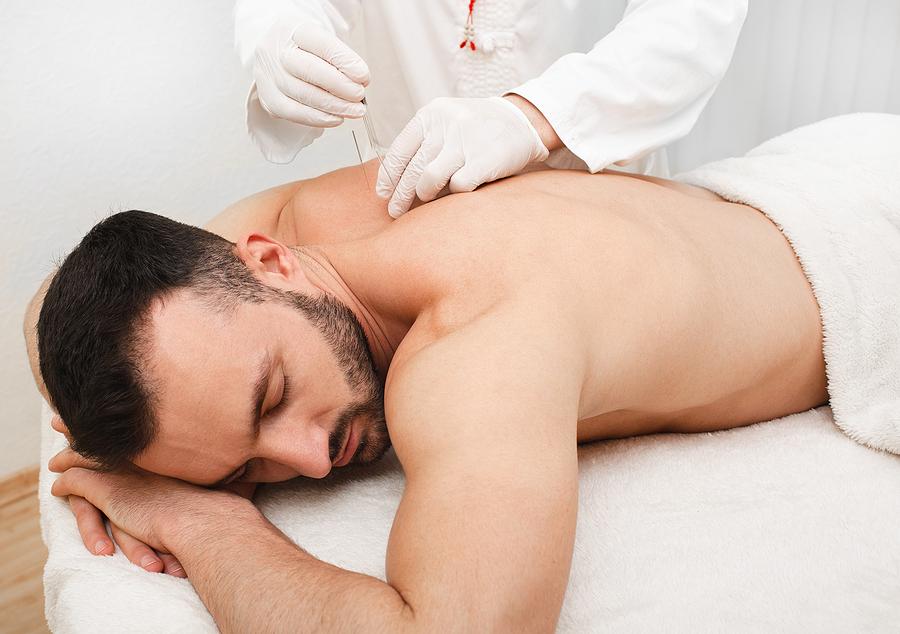How Sports Injury Rehabilitation Accelerates Recovery and Performance

Injuries are the single greatest hurdle in the world of sports. They could be sprains or strains or something very serious like ligament or muscle damage, and directly impact an athlete's performance. The sportsman needs prompt and efficient recovery to get back into the field; it is also good for the long-term career prospects.
Rehabilitation programs accelerate healing, restore function, and foster further performance while reducing the risk of reinjury. Targeted approaches, treatments, and recovery programs enable the athlete to return to the sport with confidence, strength, and mobility.
In this blog, we will discuss the impact of sports injury rehabilitation on recovery and athletic performance.
Overview of Sports Injury Rehabilitation
Considered as a healing process of an athlete, sports injury rehabilitation is a planned approach to recovering from an injury. Instead of resting, it is restoring strength, flexibility, balance, and function in the injured area. The true meaning of rehabilitation is to allow the body to heal correctly and let athletes do what it is that they do best, in time. Moreover, it will involve physical therapy targeted at the problem, conditioning exercises, as well as habits recommended for both the injury and the sport.
This active approach makes the recovery faster, safer, and more effective. An athlete regains confidence in or movements and prepares himself mentally for active, competitive play. When an athlete undertakes any long-term rehabilitation training, it will improve their general fitness or conditioning levels. It is one of the constant companions for an athlete to prevent injury and improve the competitive drive in the long term.
Approaches to Sports Injury Rehabilitation
The objective is to promote full recovery in sports injuries, and multiple options are available for defining the factors that precede rehabilitation processes.
● Physical Therapy: Physical therapy is designed to address movement and pain concerns, normalizing motion patterns after an injury. They employ stretching and strengthening methods and joint mobilizations. Orthopedic implants will serve to restore an injured body part to its full functioning level. Patients are also instructed in movements to avoid overbearing that may cause further injury.
● Strength Training: Strength training usually targets injured muscles around the joints that provide stability to prevent further injury. Strength training would ensure the regaining of the strength and endurance needed in that sport. It maintains equilibrium among certain muscles for an elegant posture and better function.
● Flexibility and stretching exercises: These exercises increase the range of motion by leaving muscles in a prolonged stretched position and making movement occur with less tension on the bones or joints. Stretching would promote recovery after exercise and also reduce feelings of pain. This would be good for cases of chronic myofascial pain as one of the conditions for maximum elasticity of muscle and reducing muscle tension.
● Massage and Manual Therapy: Any procedure that involves manipulation by hand is used to enhance circulation and reduce swelling while relieving muscular tension. It aids in speeding up the healing process within the body. Even the relaxation of the client is facilitated, which in turn diminishes the psychological tension associated with recovering from an injury.
Role of Rehabilitation in Improving Athletic Performance
Therapy has provided many necessary and advanced benefits to those seeking treatment for an injury, for athletic enhancement, or to refine their motor skills.
● Restoration of Strength and Stability: The rehabilitation promotes the strength, stability, and coordination of the injured body part as well as the muscles adjoining that area. Athletes are able to safely perform all their agility movements.
● Improves Endurance and Agility: Adequate conditioning programs aid the athlete in the restoration of cardiovascular fitness and proper movement skills needed for high-level performance. An increase in endurance would enable the athlete to also maintain the higher level for longer.
● Increases Confidence and Mental Preparation: An athlete returns with much confidence, feeling well-applied through rehabilitation. This also enhances mental readiness, improving focus and decision-making during competition. It is often supported by specialized services like pain management in Brampton to ensure complete recovery.
● Preventing Future Injuries: The strengthening of some weak areas through rehabilitation, correcting imbalances, and teaching proper movement patterns all contribute to reducing the chances that an injury will recur. It also minimizes long-term susceptibility, allowing the athletes to train while being able to sustain consistent training.
Wrapping It Up
A sports recovery condition arises from various elements that aim for a speedy and safe return of an athlete into the arena of his or her chosen sport. In a sports injury rehabilitation program, there is a combination of physical therapy, strength training, flexibility, and modern therapeutic methods.
It enters the rehabilitation process and the performance of the patient. Injury rehabilitation returns strength, balance, and confidence back to the athlete, allowing him or her to give their all without fear of not being reinjured. While on the priority list, such rehabilitation will keep the athlete alive long enough to excel in competition in the field, court, or track.




